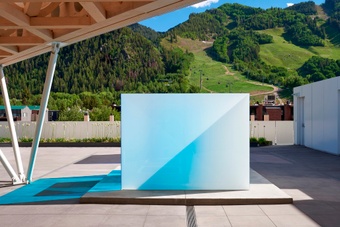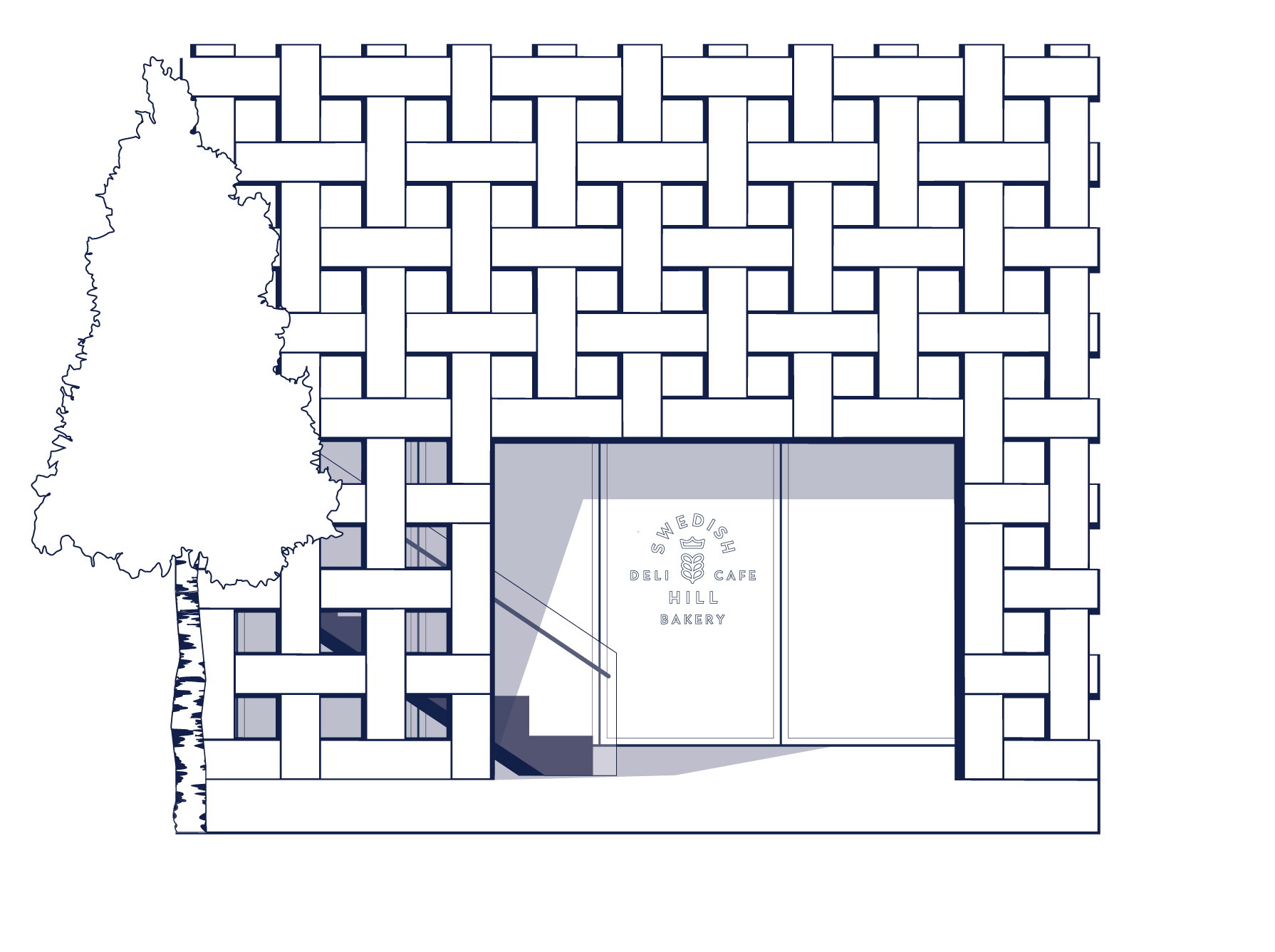Aspen Art Museum
- Categories
- All events
- Talks and Lectures
- Member Events

- For more information on how you can join the AAM, please visit the Street Level Visitor Information Desk, inquire in the Shop, or call 970.925.8050.

- Swedish Hill Aspen is open on our Rooftop from 8AM–3PM

- Aspen Art Museum is an artist-founded institution dedicated to supporting artists in the development of bold ideas to shape our museum and the field of art today.
Artists
Ian Kiaer’s work takes the form of carefully composed landscapes of found objects and materials, architectural models, and paintings. For Kiaer, these installations are ways of exploring paradigms and testing concepts. What exactly constitutes the category of “painting” today? How do we understand the relationship between sculptural fragment and architectural model? Far from didactic, Kiaer’s tableaux create subtly evocative relationships between different elements, allowing us to construct our own narratives from these fragments. The often spare, provisional nature of his objects compels a close viewing and offers simultaneous insight into our own perceptions. Shifts in scale and perspective highlight the relationship between the works and the space of the gallery.
Kiaer often begins his projects with extensive research into visionary thinkers and practitioners who went against the grain of their time, but have ultimately influenced current models of seeing and aesthetic contemplation. Kiaer’s exhibition at the Aspen Art Museum, his first one-person presentation in the United States, was born out of his research into the Soviet architect Konstantin Melnikov. During the 1920s, Melnikov was at the forefront of the Soviet avant-garde, but he refused to conform to the “rules” of Stalinist architecture and eventually turned to painting traditional portraits in his cylindrical house studio. Kiaer’s Melnikov Project creates an allusive arrangement of forms, a poetic invocation of a moment when artists and architects believed themselves capable of transforming the world.
Works from the Exhibition
free courtesy
Amy & John Phelan
- Aspen Art Museum
- 637 East Hyman Avenue
- Aspen, Colorado 81611
- t: 970.925.8050
- f: 970.925.8054
- info@aspenartmuseum.org
| Hours |
|
Tuesday–Sunday, 10 AM–6 PM
Closed Mondays
|
© 2024 Aspen Art Museum
General operating support is provided by Colorado Creative Industries. CCI and its activities are made possible through an annual appropriation from the Colorado General Assembly and federal funds from the National Endowment for the Arts.



General operating support is provided by Colorado Creative Industries. CCI and its activities are made possible through an annual appropriation from the Colorado General Assembly and federal funds from the National Endowment for the Arts.

















